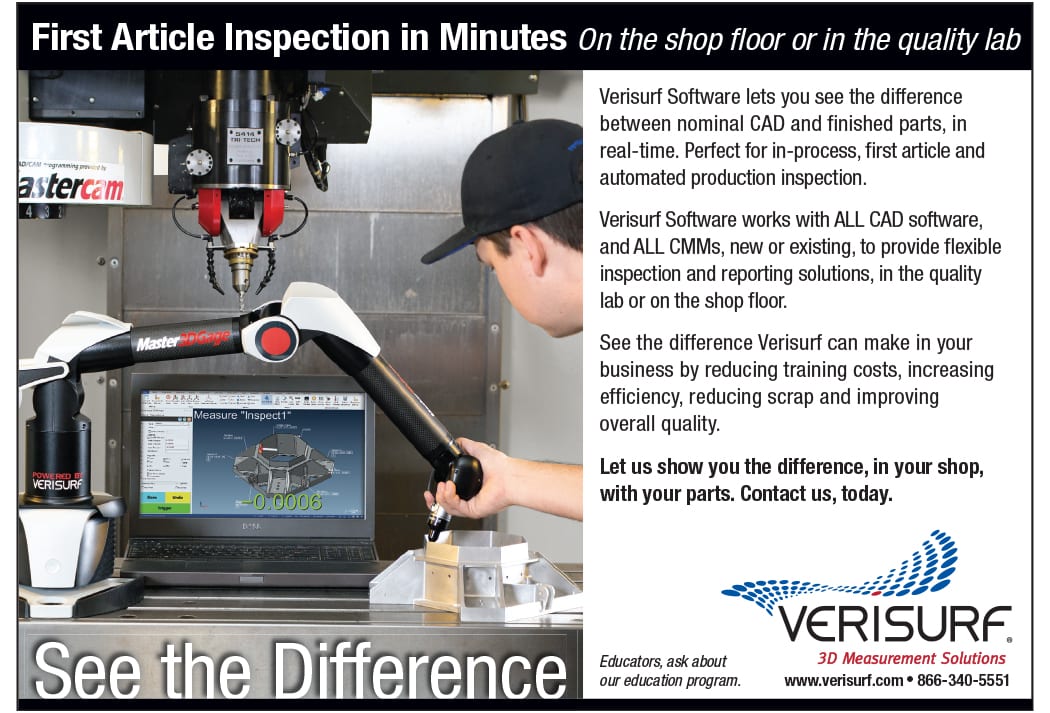Face of Quality
Jim L. Smith
Face of Quality | Jim L. Smith
Failure can provide the seeds for success.
Productive Failures

Most people have been taught to believe that all failure is negative. Quite often, however, disappointing results can provide the greatest opportunities for success.
There are many dimensions to the quality profession, but the aspect that I’ve enjoyed the most has been working on continuous process improvement, product improvement, and breakthrough improvement.
As a quality professional, I have been privileged to work alongside brilliant innovators. From those associations I learned that people who take risks fully understand the value in making mistakes. These are the ones who most often accomplish dramatic quality improvements. They leverage their knowledge from past mistakes and try new things to deliver results.
Consider Thomas Edison, one of history’s great inventors with claim to 1,093 patents. He failed repeatedly on his journey to create a successful incandescent lightbulb. Edison concluded, “I have not failed. I’ve just found 10,000 ways that won’t work.” His failures to find the right combination of elements provided seeds to eventual success.
Certainly, mistakes and negative results are never fun. They are disturbing or even crushing, but they should never become demoralizing. What successful people realize is that negative results are signaling that something different needs to be done.
Success makes us feel good, but mistakes teach us valuable lessons.
As Edison et al realized, failure can be a blessing in disguise. If you can overcome the frustration, you might be on the path to a breakthrough. You may or may not achieve success quickly, but you have another chance.
It is easier to understand the concept of productive mistakes when the situation is reversed. Take a situation where you start a project, develop a plan, and execute it - things go well, and the project is successful. In this situation, your assumptions were correct, you most likely took the standard approach to completing tasks and did a good job managing the project.
While concluding a successful project is something to feel good about, there may have been a missed opportunity for breakthrough improvements. Was it your objective to simply get the job done, or to take some risks that could take the business to a new level?
In a productive failure, you do not achieve your objective, but you come away with new knowledge that will increase your chances of future success. A non-productive success occurs when you achieve your objective, but you are not sure what you did right. You can build on productive failures. You can’t build on non-productive failures.
The more actions you take, the more productive failures you will experience. Years ago, while leading a continuous improvement effort the team adopted the slogan, “Become more successful by increasing our failure rate.” The more productive failures experienced, the more you’ll learn. Remember that Edison experienced a multitude of productive failures before finding the right filament for his incandescent light.
Success makes us feel good, but mistakes teach us valuable lessons. Individuals good at making quality improvements are willing to try nonstandard approaches to problems, understanding full well that they may not work. When they do not work, they understand the things they learned will empower them to deliver greater results in the long run. A project that has a good result is a one-time event, but the valuable lessons learned from a productive failure can provide insights that last a lifetime.
People who struggle to achieve their objectives or successfully complete a project may be forced to do some things differently. This struggle, if handled positively, will often be a blessing in the long term.
Doing things differently is hard work and can be frustrating. At the same time, those efforts are what gives businesses strategic advantages. Years ago, an inventor friend taught me to adopt a new line of thinking about failures. When bad things happen, first think, “Darn, that is really disappointing.” Then quickly think, “How can I turn this into something useful?”
For example, consider the invention of sticky notes. Dr. Spencer Silver, a 3M chemist, failed to invent a super-strong adhesive, but instead he came up with a super-weak one. A failure looking for an application that was not apparent until years later! Dr. Spencer turned failure into success.
Consider how you can adjust your mindset. Most likely you will not become another Edison, but you can discover ways to be more productive.
Opening Background Image Source: mypokcik / iStock / Getty Images Plus via Getty Images.
Jim L. Smith has more than 45 years of industry experience in operations, engineering, research & development and quality management.
Scroll Down
Scroll Down


